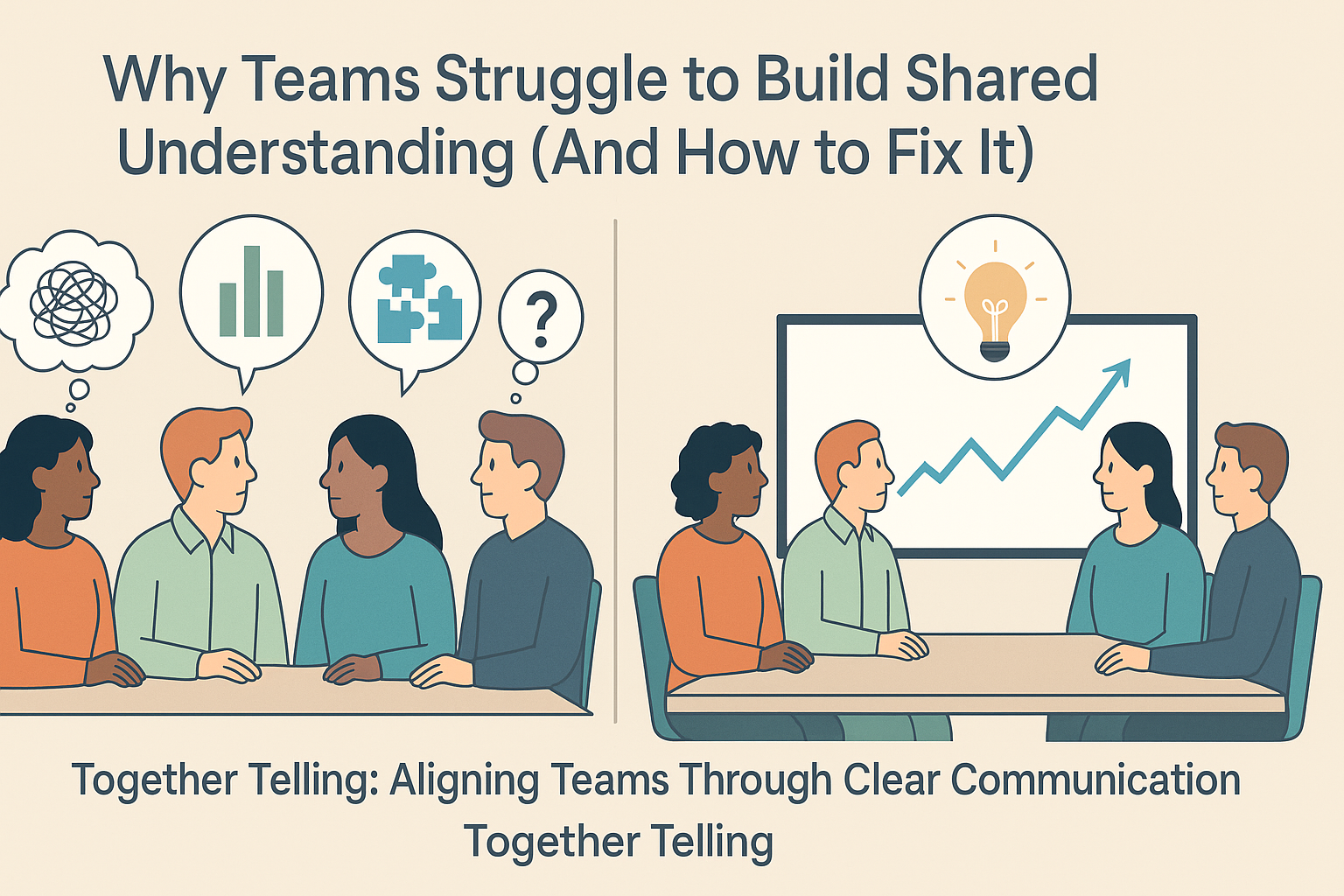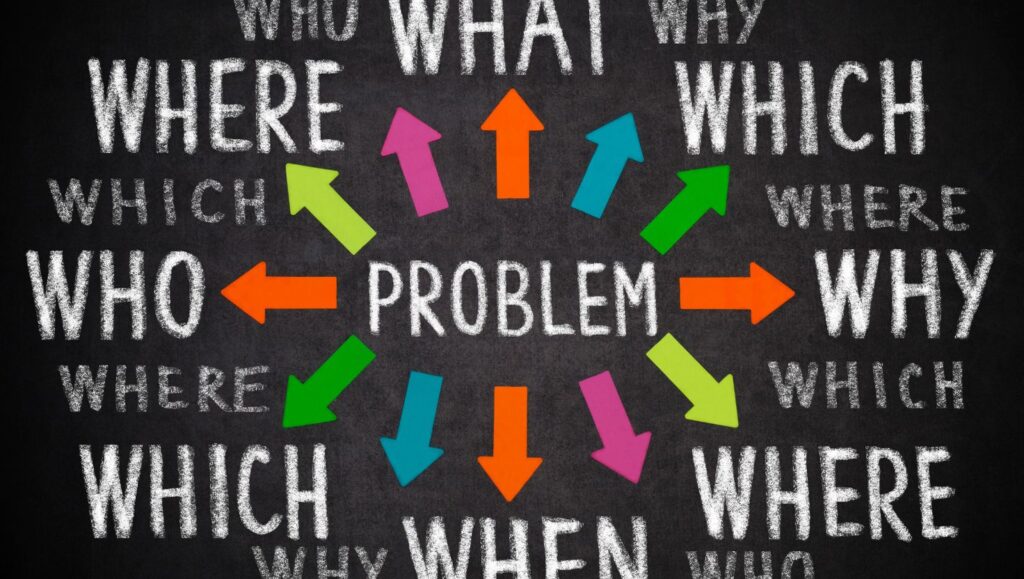Introduction: The Meeting That Went Nowhere

Let me tell you about a meeting I once sat through that could have been a case study on how not to communicate.
It started like any other strategy session—a crisp agenda, a room full of intelligent professionals, and a clear objective (or so we thought). As the discussion unfolded, something fascinating happened. People nodded in agreement, yet when asked to summarize the next steps, their answers varied so wildly that it felt like we had just sat through five different meetings.
One person was ready to move forward on execution, another believed we needed more research, and someone in the corner had no idea we had even made a decision. How did we all sit in the same room, hear the same conversation, and yet walk away with completely different takeaways?
Because, my friends, shared understanding is not automatic. It takes work. And many teams struggle to achieve it—not because they lack intelligence or effort, but because communication is trickier than it seems.
So, why do teams struggle to align, and how can we fix it? Let’s break it down.
Common Challenges in Building Shared Understanding
- Different Interpretations of the Same Information
Ever played that game where one person whispers a message to the next, and by the time it reaches the last person, it has completely changed? That’s happening in your office right now—just on a much grander (and scarier) scale.
Everyone brings different experiences, biases, and assumptions to the table. A simple phrase like “We need to prioritize customer experience” could mean:
To the marketing team: Improve brand messaging and engagement.
To the product team: Make the app interface smoother.
To the customer support team: Reduce response time and enhance service quality.
The problem? No one took the time to define what ‘prioritizing customer experience’ actually means. Instead, each department walks away with its own interpretation, leading to misalignment, frustration, and delayed results.
Fix it: Before leaving a meeting, have team members summarize action points in their own words. This forces clarity and eliminates assumptions before they snowball into execution errors.

- Unclear Roles and Responsibilities
Another classic culprit behind misalignment? Nobody knows who is actually responsible for what.
I once consulted for a company where two different teams thought the other was responsible for the same initiative. For months, nothing moved forward because everyone assumed someone else was handling it. By the time leadership realized, the project was six months behind schedule.
If no one owns a decision, it won’t happen. If everyone owns it, it also won’t happen.
Fix it: Clearly define ownership. Every decision should have a directly responsible individual (DRI)—the person who ensures progress, even if others contribute.
- Lack of Trust Among Team Members
Trust in a team is like WiFi—you don’t realize how essential it is until it’s gone.
When teams lack trust, communication suffers. People hesitate to ask clarifying questions for fear of looking incompetent. They don’t challenge vague directives because they don’t feel psychologically safe. Instead, they nod along and quietly hope someone else will ask the “dumb question.”
And just like that, misalignment begins.
Fix it: Build a culture where asking questions is encouraged, not penalized. Teams that foster open dialogue avoid costly misunderstandings and execute with far greater efficiency.
How Together Telling Addresses This Issue
At Together Telling, we’ve seen firsthand how communication breakdowns stall productivity—and we’ve made it our mission to help teams fix it.
- Conducting Communication Alignment Workshops
We don’t just tell teams to “communicate better.” We train them in real-world scenarios where miscommunication often happens. Through interactive workshops, we:
Identify gaps in understanding between departments.
Train teams on clarification techniques to avoid assumption-based execution.
Teach leaders how to frame communication for maximum alignment.
Because let’s be honest—misalignment isn’t just frustrating; it’s expensive.

- Providing Strategies to Ensure Message Consistency Across Teams
If you’ve ever played a game of “corporate telephone,” where information trickles down and morphs along the way, you know how quickly a message can lose its original intent. That’s why we help organizations develop standardized messaging frameworks.
We create:
Clear, structured documentation of key initiatives.
Defined decision-making processes to prevent endless looping.
Alignment check-ins so that every team is executing toward the same vision.
The goal? No more surprises. No more ‘I thought you meant…’ moments. Just clear, aligned execution.
Final Thoughts: Misalignment is Fixable
If your team is struggling with misalignment, it’s not because they aren’t smart or dedicated. It’s because communication is rarely as clear as we assume it is.
The good news? Fixing it isn’t rocket science. It’s about:
1. Clarifying messages before they cause confusion.
2. Assigning clear ownership to decisions.
3. Creating a culture where questions are encouraged.
4. Implementing structured processes to keep teams aligned.
If you’re tired of watching projects stall because no one is on the same page, it’s time to change the way your team communicates. And we can help.
Backlink Sources:
Harvard Business Review: Why Misalignment Happens

